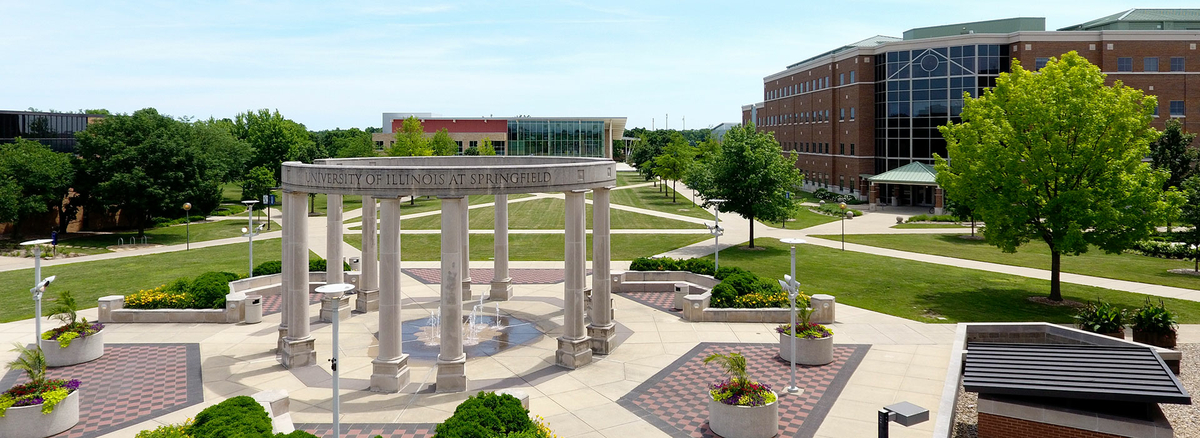Helena Soares is a double major in Mathematics and English. She delights on the synergy between these seemingly disparate fields. Her love for both subjects is akin to a poetic equation, where words and numbers dance together, creating a symphony of intellectual curiosity.
Helena is a poet. She weaves verses that transcend the mundane, infusing them with the elegance of mathematical patterns. This is one of her found poems,
"This Fundamental Theorem"
Connecting you and I,
Purely defined by
∫ points in us,
Is a state
Of deep =.
For while contained,
This fundamental theorem
Of us
Holds indefinitely.
The National Museum of Mathematics published this poem. A found poem is created by reframing words, phrases, and passages from other sources to impart new meaning. See the above link for the source of this poem.
Here is an excerpt from another poem by Helena (the 3rd and the 4th stanzas):
"Origami Dragon"
The creature's now finding its tail's details
To gradually form from each fold
As I solve this equation and all it entails;
All's left is the ears and all that those hold.
The creature's new form gradually forms from each fold
As I take it in hand, folding ethereal lines
All's left is the ears and all that those fold,
And their knowledge of all our unseen designs.
This is a panthoum, a form of poetry originating from the Malay pantun, characterized by a series of interwoven quatrains. The second and fourth lines of each stanza are repeated as the first and third lines of the next (as demonstrated in the above excerpt).
"Origami Dragon" is a pair of poems published under the title, "Poetic Equations," in Mathematics Teacher: Learning and Teaching PK-12. The other poem is titled "Runge-Kutta Method," a found poem on the famous iterative methods for approximate solutions of differential equations with the same name. Helena reflected on the process of writing the pair, "In writing both, attention was given to how they flow and interact with repetition and form—attention to how they work with the theorems of sound, how they build on the old proofs to provide new propositions."
Last summer, Helena took our math topic class, MAT 400, which focused on the mathematical and the conceptual framework of ChatGPT and other large language models. All students in the class were required to complete a final project. Helena set her eyes on a project that evaluates ChatGPT's capabilities in form-based poetry generation, exploring the intersection of mathematics, language, and creativity. But she did not stop there. Helena went on to work on the project for the last 8 months. She is to report her work at the upcoming UIS Student Technology, Arts, & Research Symposium (STARS). Earlier this year, she was interviewed by the UIS AI Campus Learning Community. Watch the full video: AI at UIS Series: Helena E Soares.
Below, Helena shares with us her journey that explores and entangles math, AI, and poetry, subjects that are seemingly disparate and disconnected from each other, yet woven together to invite us to reimagine the boundaries of what is possible and to celebrate the boundless potential that arises when disciplines collide in unexpected and inspiring ways.
(Dr. Hei-Chi Chan, MAT/PHI, hchan1@uis.edu, April 7, 2024)
A journey through math, AI, and poetry
By Helena Soares
Initially starting with UIS as a high school student in the fall of 2021, I became a full-time student in the spring after and declared my two majors: mathematics and English. My choice to double major in these two fields, in essence, is due to the versatility of each subject on their own— and the potential for interdisciplinary bridges between the two. The amalgamation of both fields allows for the qualitative analysis within English to merge with the more quantitative methods within math; with this in mind, the distinction between “measurable” and “immeasurable” becomes less finite. In learning how to work within two seemingly different disciplines, it becomes possible to approach new problems in unique ways.
Over this last summer, I have begun to work on a research project entrenched in the intersections between English, mathematics, and AI. This project began within MAT400, a math topics course focused on ChatGPT and taught by Dr. Hei-Chi Chan. Combining my majors with an application based on recent technological advancements, the project aims to assess ChatGPT’s capabilities within form-based poetry generation— a subject that fascinates me.
While poetry is often considered a less quantifiable subject, I have been learning during the course of this project how to apply the knowledge and methods from both fields. Some of the topics included so far have involved how to universally break down poems into more manageable pieces (adherence to form, poetic syntax, focus, etc.). Additionally, in terms of a poem’s adherence to forms, I have learned how to quantify and combine the errors associated with a poem’s capability in the area. Moving forward with the project, I hope to develop fully comprehensive methods to measure the quality of various poems, and begin to apply these methods in order to measure how well ChatGPT can match the quality of human-generated poetry.
Keywords: UIS Mathematical Sciences Department, UIS College of Health, Science and Technology (CHST), UIS AI Campus Learning Community, artificial intelligence (AI), and poetry.



